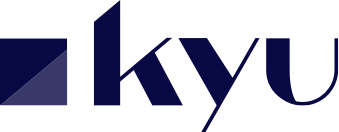
Personal insurance (health, provident and retirement plans) is subject to a number of factors outside the company’s control: regulatory changes adding layers of complexity and expense; the quest for attractiveness through increased employee benefits; the economic and social context (disengagement of the Social Security system, impact of the health crisis, inflation…).
To respond to these influencing factors, optimize its plans and make savings, our customer is seeking to rationalize the structure of its programs, ensure their compliance and make them more advantageous for its employees.
He is faced with a multitude of schemes (16 for Health Expenses and 13 for Prévoyance) offering different conditions, and works with 4 players (2 brokers and 2 managers). The company is also considering withdrawing from industry-level agreements and harmonizing the cover its employees enjoy.
We challenge existing insurance programs to adapt the social protection scheme to changes in regulations, the market offer and the company.
Personal Insurance tender process
We began by auditing the 29 health and provident plans, in the light of the Group’s needs and specific regulations (5 applicable collective bargaining agreements).
On the basis of this audit, and in collaboration with the Human Resources Department and social partners, we define our customer’s technical and service requirements. We then draw up a consultation file outlining these expectations, as well as a target program to harmonize health insurance cover from the top down, in order to secure acceptance by employees.
We lead a “conceptual” call for tenders involving specialized brokers (presentation of the consultation file, answering questions, etc.) and carry out a comparative analysis of their offers. We negotiate with the selected broker to obtain a fixed fee associated with performance commitments for consulting services.
In parallel with this process, we support our client in its decision to leave the industry schemes, and in its communication with the social partners (notably on the impact for employees of the harmonization of benefits and contribution rates).
Key figures and results :
12 schemes vs. 29 initially
Upward harmonization of healthcare benefits
Introduction of a lump-sum remuneration scheme linked to performance indicators for consulting services
18% reduction in program costs


